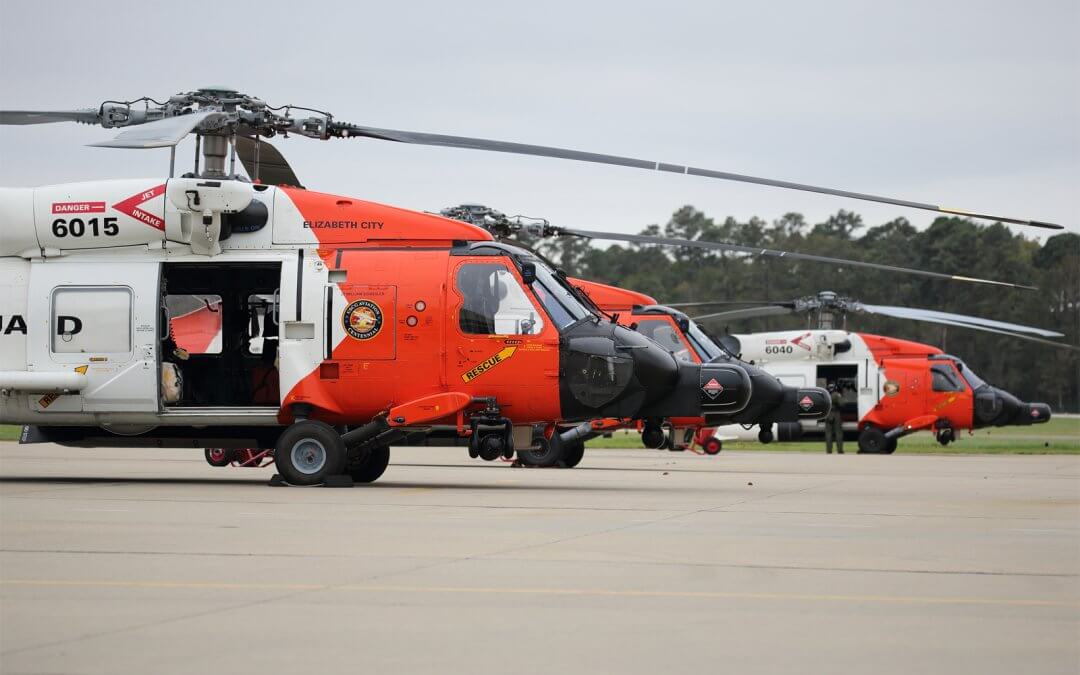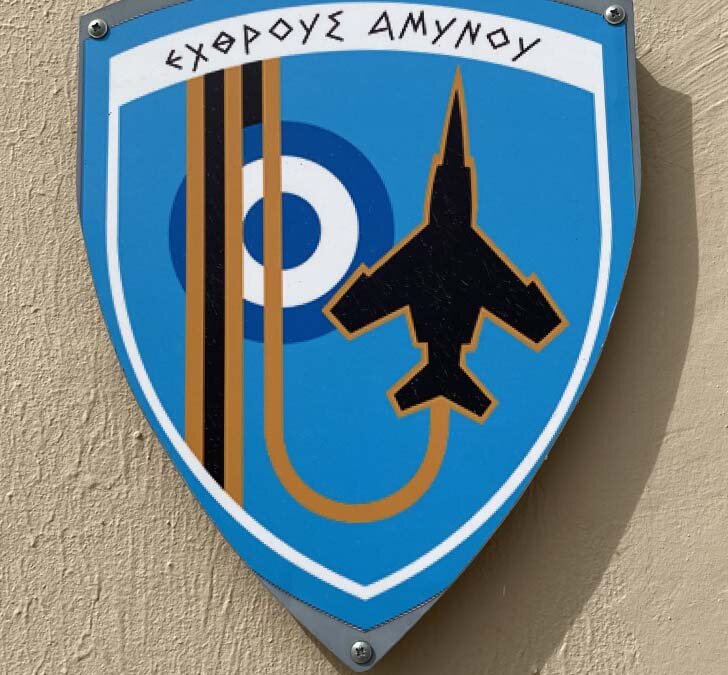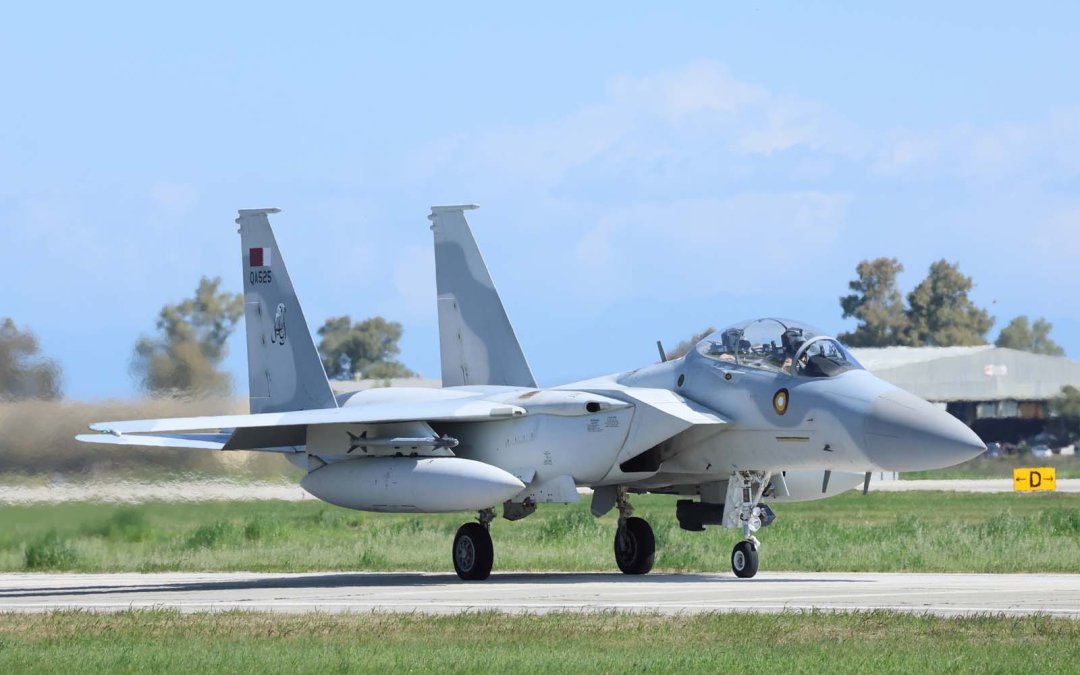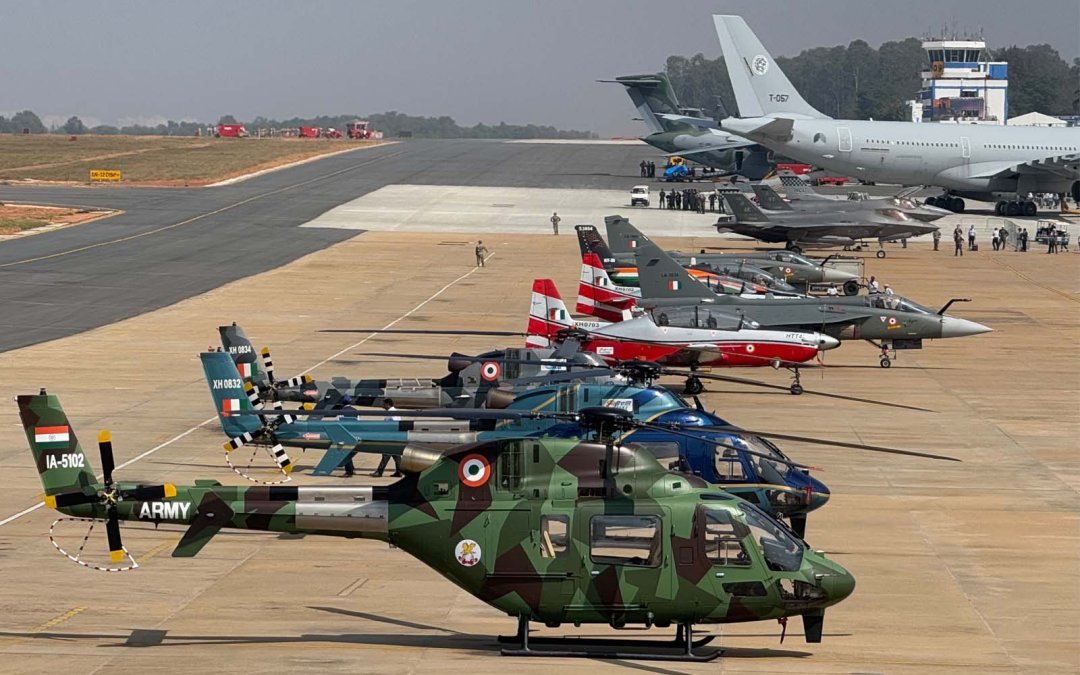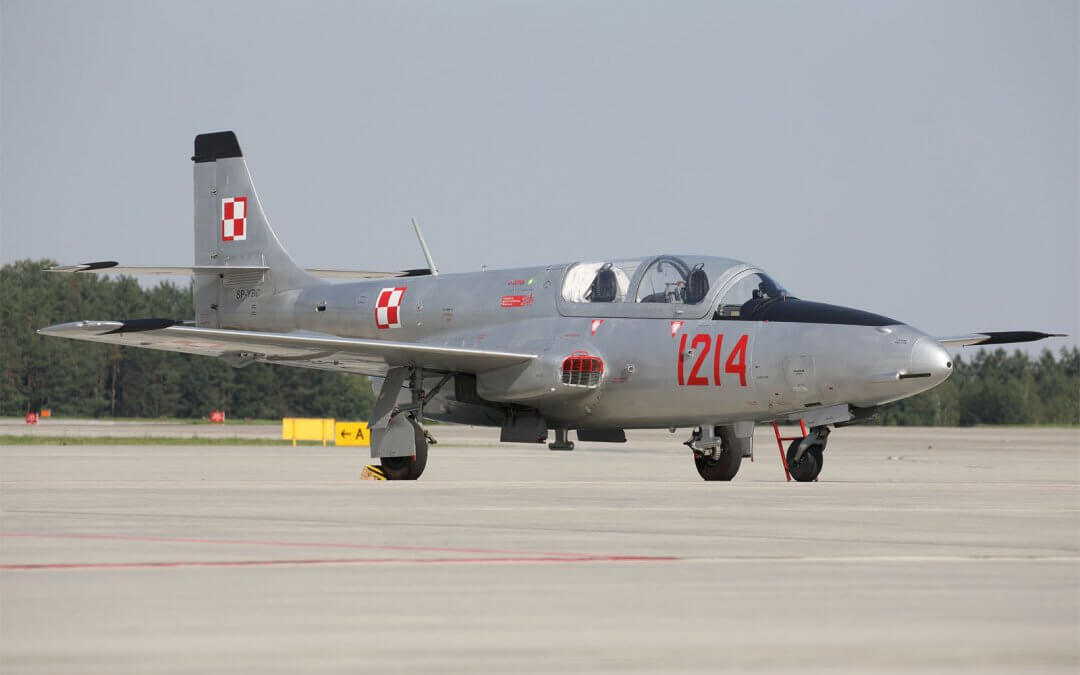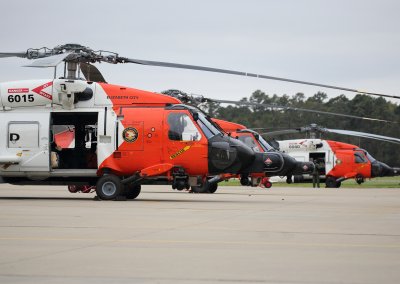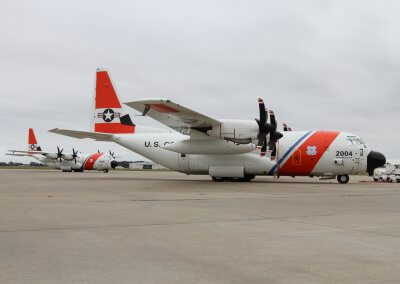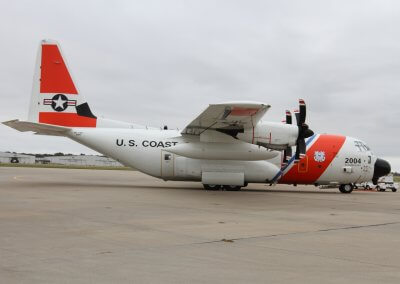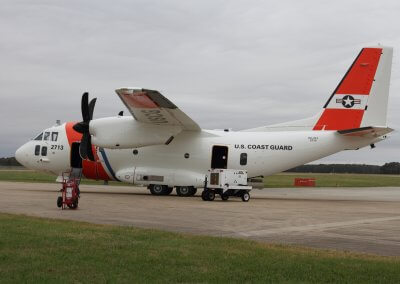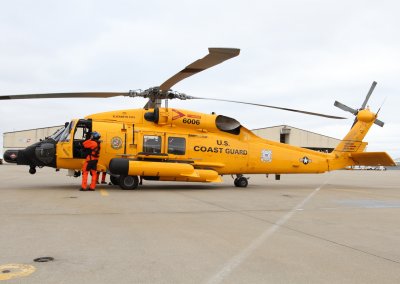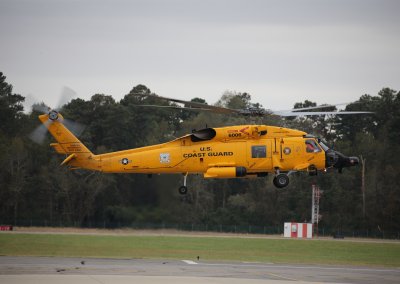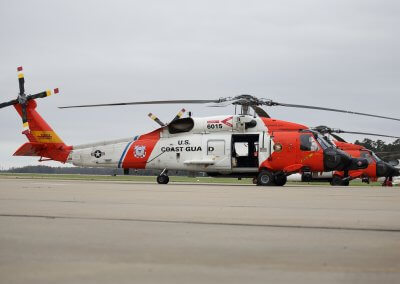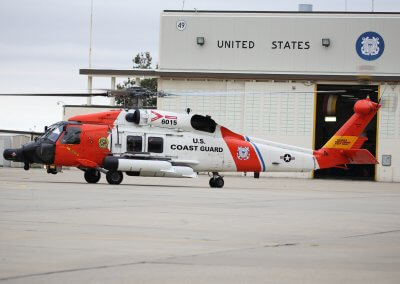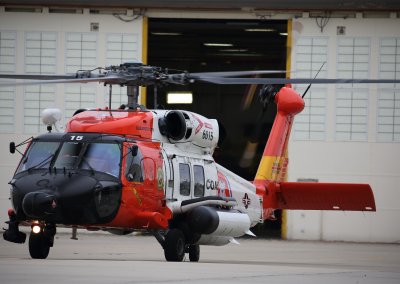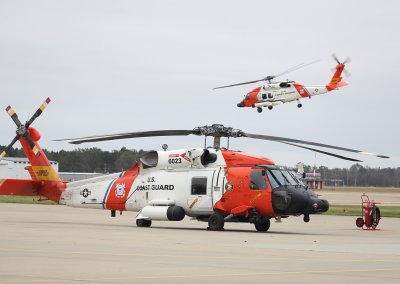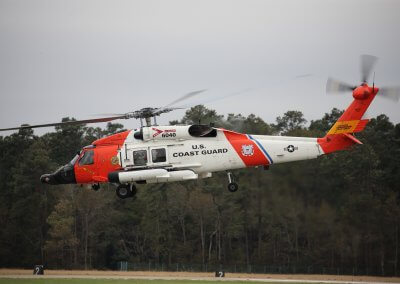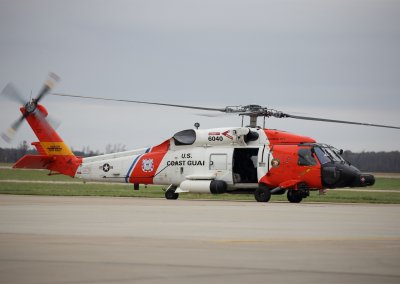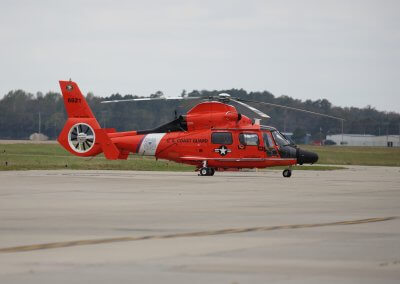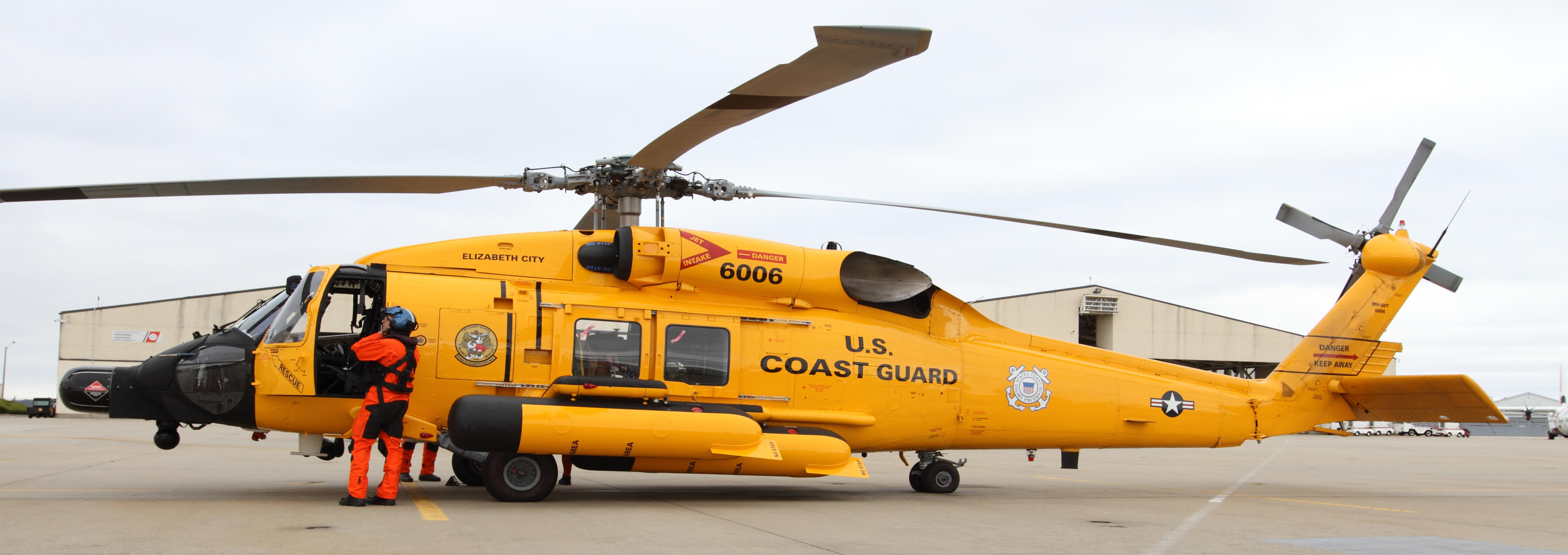
Author & photographer: Ian French
CGAS ELIZABETH CITY
CGAS Elizabeth City, located in North Carolina, was built on an old plantation and became operational in 1940 with 52 enlisted men and ten aircraft. During World War II the base was under the command of the US Navy and undertook Search and Rescue (SAR), Anti-Submarine Warfare (ASW) and training missions. After the war the base reverted back to Coast Guard control. Operations expanded in 1966 after absorbing the Bermuda and Argentia Air Stations.
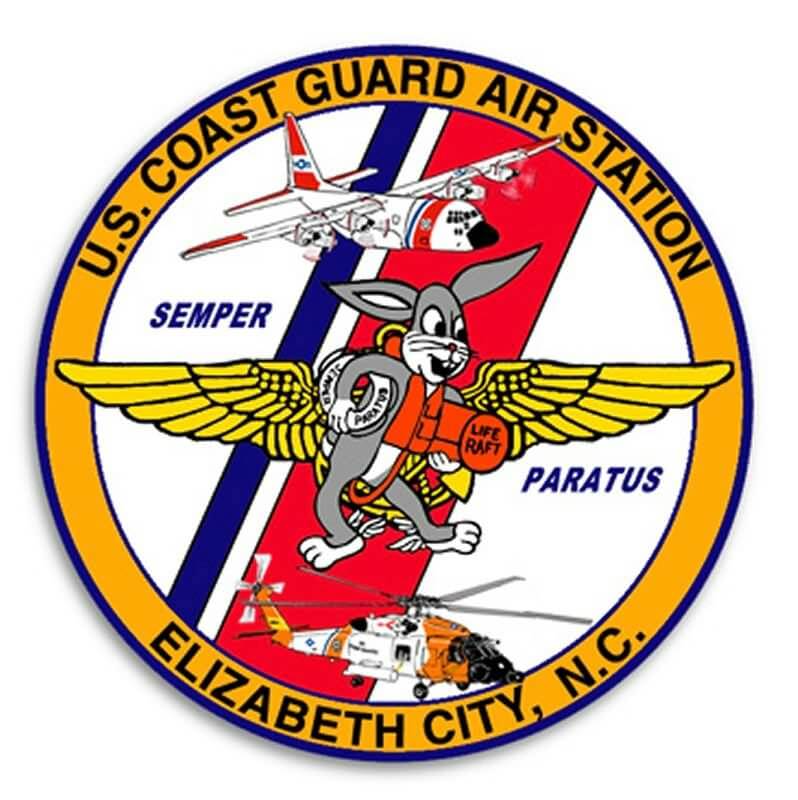
Today the Air Station is one of the busiest in the Coast Guard and at any given time aircrews may be as far away as Greenland or the Azores or the Caribbean. The current missions fall into the following categories:
Search and Rescue
International Ice Patrol
Aids to Navigation
Law Enforcement
The Environment
National Security
Search and Rescue
The Coast Guard is recognised as the leader in maritime search and rescue and accomplishes this with strategically placed communications networks and assets. At Elizabeth City HC-130J Hercules and MH-60T Jayhawks are on call 24 hours a day. The station averages one SAR mission per day.
International Ice Patrol
The International Ice patrol was formed in 1913 after the RMS Titanic disaster and is responsible for monitoring iceberg danger and the location of ice floes near the Grand Banks of Newfoundland. These patrols are undertaken by the HC-130J with a typical mission lasting 5-7 hours and covering an expanse of 30,000 square miles.
Aids to Navigation
There remain around 50,000 short range aids-to-navigation in the United States and these include lighthouses, buoys, radio towers, daymarks etc. Much of their maintenance is undertaken via ships and boats but sometimes access is only possible via helicopter.
Law Enforcement
This area is one of the oldest missions and the Coast Guard is the primary defender of maritime law and treaties. More typically this now covers drug interdiction, fisheries enforcement and alien migration interdiction operations. The long flight endurance of the HC-130J makes this a very suitable aircraft for these types of missions.
The Environment
The Coast Guard is part of the National Strike Force (NSF) to combat oil and hazardous pollution incidents to protect public health and the environment. The NSF Coordination Command is based at Elizabeth City. The HC-130J or MH-60T are used for these missions depending on the range required.
National Security
As a result of the missions listed above which place the Coast Guard’s assets in international waters they are more likely to identify and detect threats prior to land based operations.
Aviation Articles:
Photo Reports:
Lockheed HC-130J Hercules
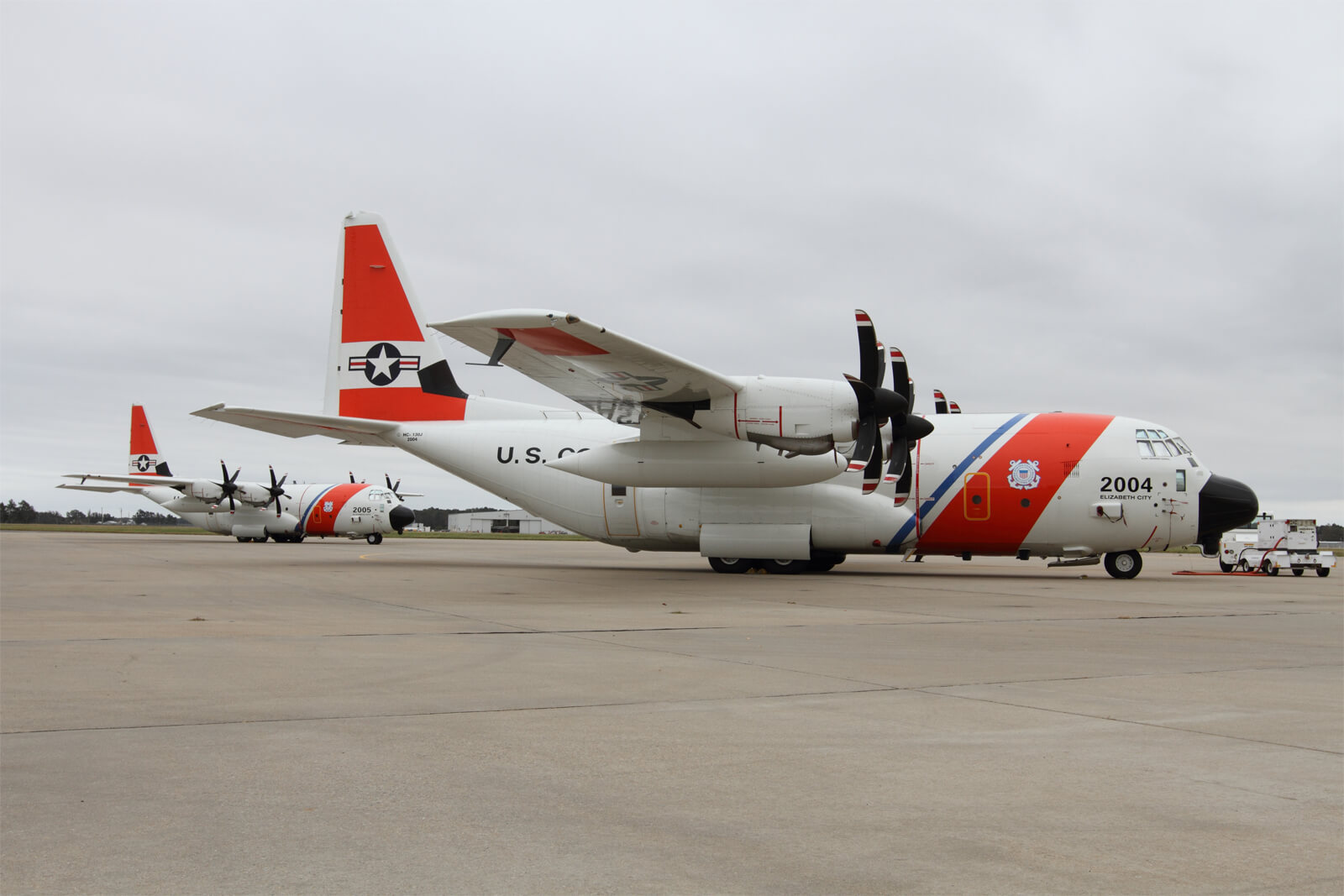
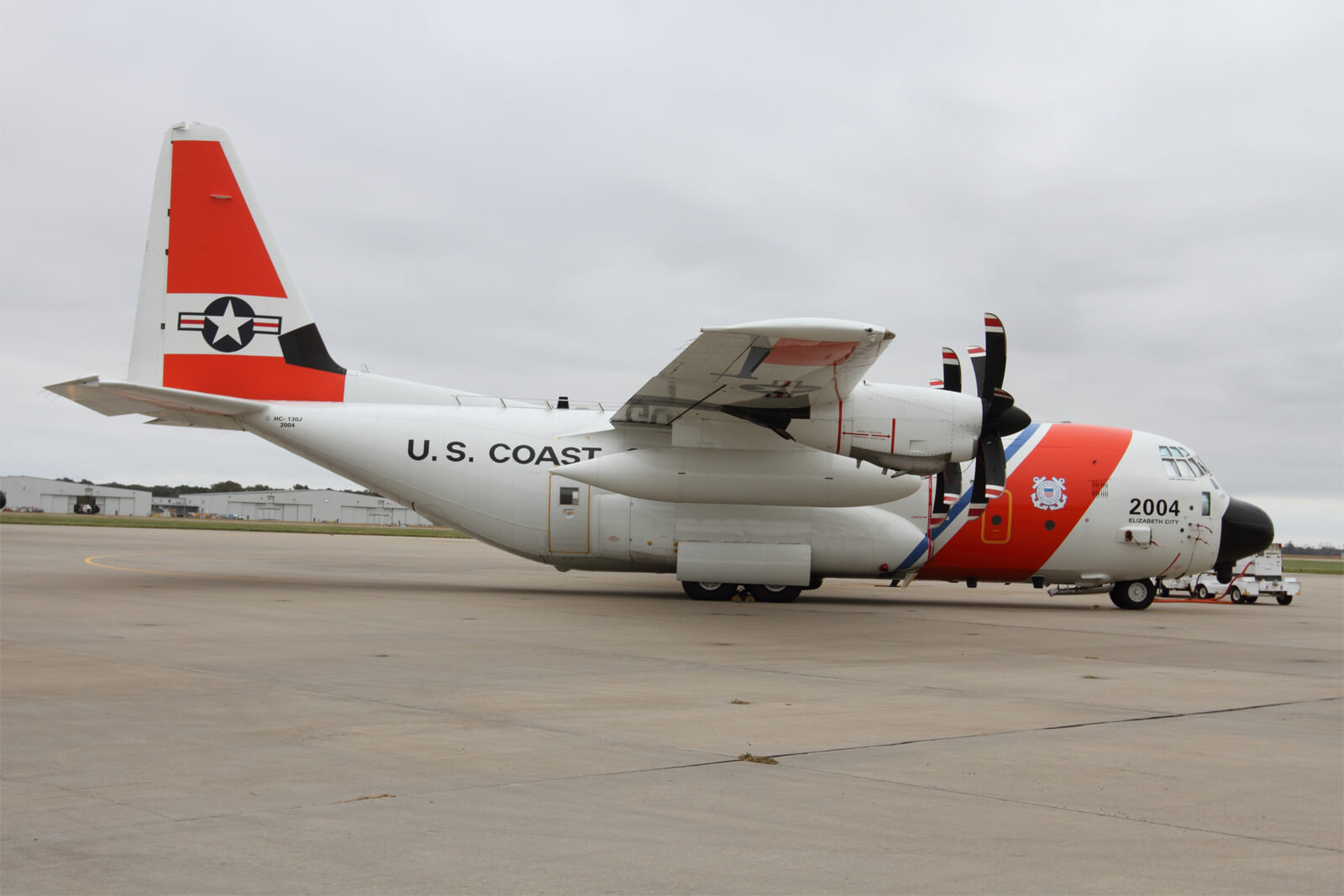
HC-130J Hercules
The latest J model of the venerable Hercules feature significant technological advances over the older models and are equipped with the latest radio and navigation packages. Aircrews consist of two pilots, a light engineer, a navigator, a radio operator and a dropmaster. The typical load includes a wide range of rescue equipment such as life rafts, radios, survival kits, pumps and survival suits. The HC-130Js often accompany the helicopter crews offshore on long range missions.
Sikorsky MH-60T Jayhawk
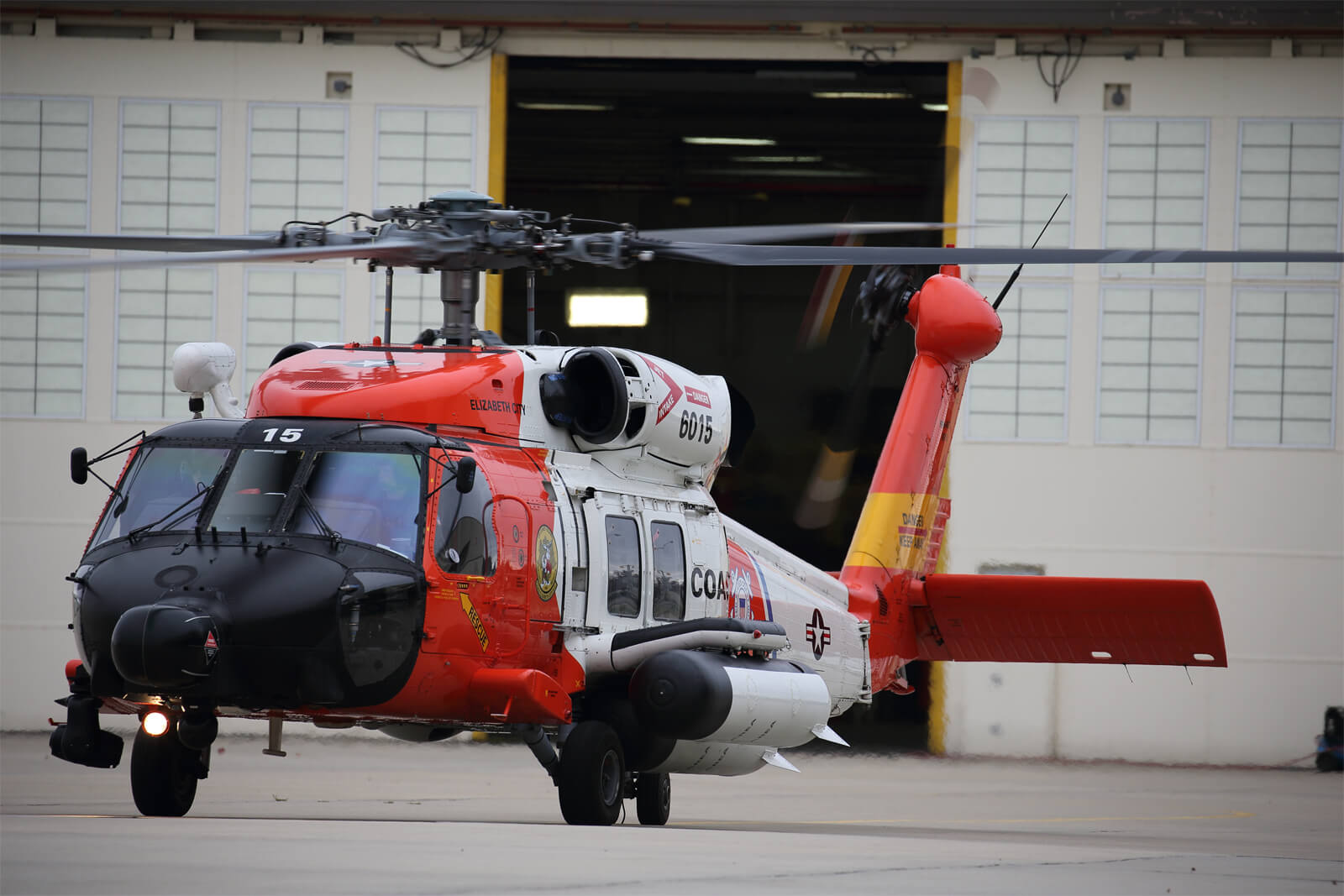
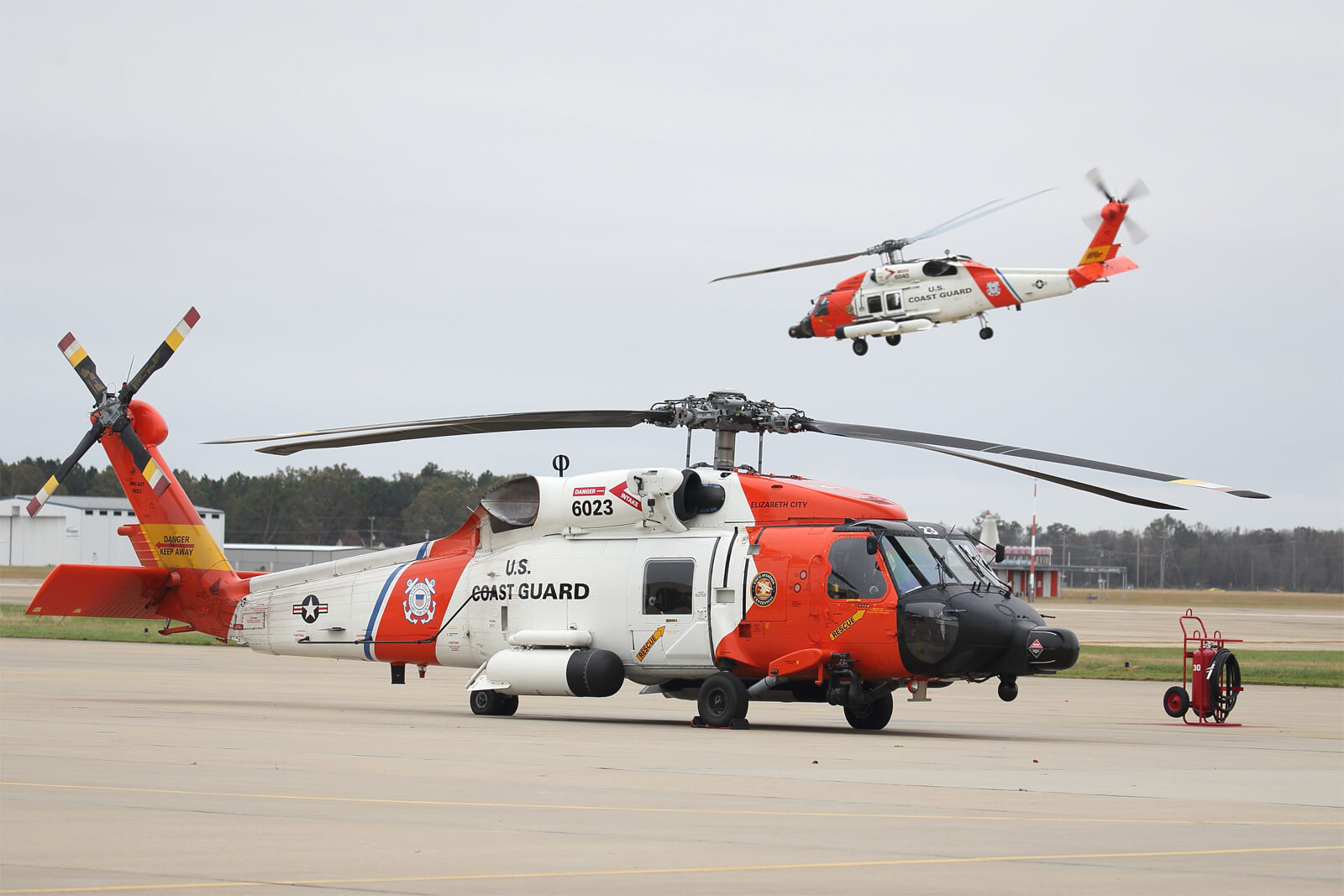
MH-60T Jayhawk
The MH-60T is a medium range recovery helicopter and is equipped with the most comprehensive all weather electronics package available. In addition, Forward Looking Infrared Radar (FLIR), Direction Finding (DF) radio equipment and Night Vision Goggles (NVG) aid detection of persons or vessels in distress. A typical aircrew consist of two pilots, a flight mechanic and a rescue swimmer.
The Coast Guard has a scramble target of 30 minutes in which to be airborne from the first notification of a distress call. Our host has made this in 12 minutes! Missions typically last around three hours and ships can be used as refuelling “lilly pads” enabling the MH-60T to extend its offshore range.
Aviation Press would like to thank Lt Ryan Harrigan of the PAO CGAS Elizabeth City, Lt Christopher Pulliam and Jon Astley for their immense help in organising the visit.
Aviation Press Limited owns the copyrights to this article & associated photographs.
